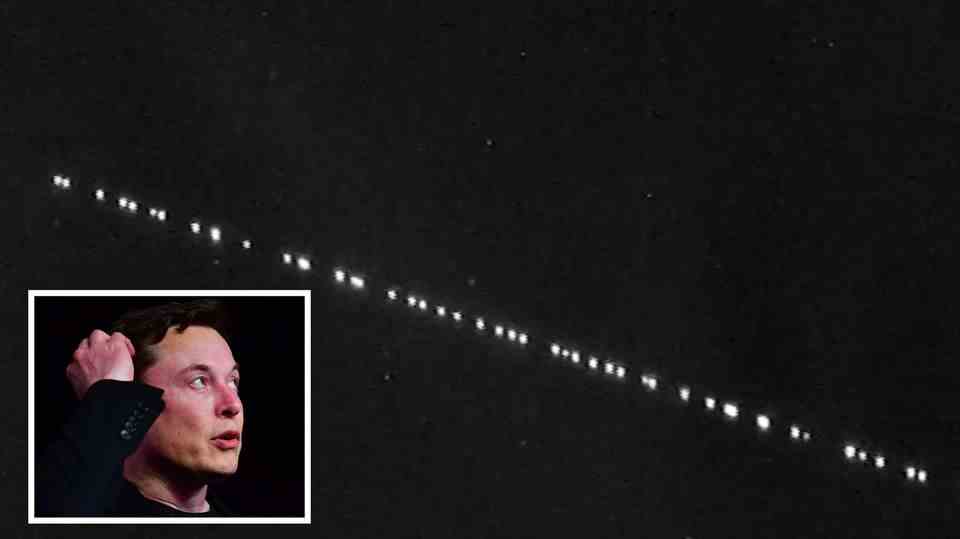light pollution
How satellites are changing the way we see the night sky — and could even lead to catastrophe
There are currently around 5,000 satellites in orbit – and there are still many more to come
© enot-poloskun / Getty Images
The starry sky has long since lost its innocence: the night sky has long been populated by satellites. Researchers and NASA warn of the consequences.
There has always been something romantic about the night sky for mankind. It appears in fairy tales and old stories, children look up and wonder what is going on in space, lovers count stars together. With a little practiced eye you can even see constellations like the big dipper. However, that could change significantly in the near future.
The starry sky already doesn’t look the same as it did a few years ago. This is due to the increasing number of satellites. In 2017, around 1000 satellites were still circling the earth, now there are almost 5000. Some of them can be seen with the naked eye. The artificial spacecraft are already blocking the view of the natural celestial bodies from Earth – which is becoming increasingly difficult anyway given the many artificial lights.
The number of satellites will increase significantly in the coming years
And the trend is likely to increase significantly in the coming years, says a group of Canadian researchers. The scientists around the astronomer Samantha Lawler from the University of Regina predict that in less than ten years one of 15 points of light in the night sky will be a satellite.
In another study, researchers from Slovakia come to the conclusion that the thousands of satellites in orbit around the Earth have brightened the night sky by around ten percent. A clear, unclouded view upwards is no longer possible anywhere in the world. The scientists speak of “light pollution”.
Elon Musk pushes satellite internet
Now all these flying celestial bodies are doing good service for people on earth, they enable satellite television, supply data for navigation systems and weather forecasts. However, there is also a lot of space debris buzzing through space – satellites that are no longer active and are being left to their own devices.
The expansion of the satellite-supported Internet will once again populate the night sky with thousands of satellites. Elon Musk’s Starlink project has already launched more than 2,000 satellites. Amazon is working on a similar plan and wants to enable satellite-based Internet connections with 3236 satellites. The majority of these are expected to be at an altitude of around 600 kilometers within the next five years.

Difficult conditions for astronomers
Satellite Internet works with chains of satellites. It is precisely these that astronomers are worried about. The brighter skies and the multitude of objects traveling in them make it more difficult to observe the movements of celestial bodies through a telescope – and in the worst case could even threaten the very existence of mankind. Namely, when asteroids that are on a collision course with Earth could not be discovered or too late, said Samantha Lawler at CNN.
After Elon Musk’s company SpaceX received approval for 12,000 more Starlink satellites, the US space agency Nasa also expressed “concern about the potential increase in collisions and possible impact on NASA’s scientific and manned space missions”.
Sources: extra / CNN / Monthly Notices of the Royal Astronomical Society / The Astronomical Journal


